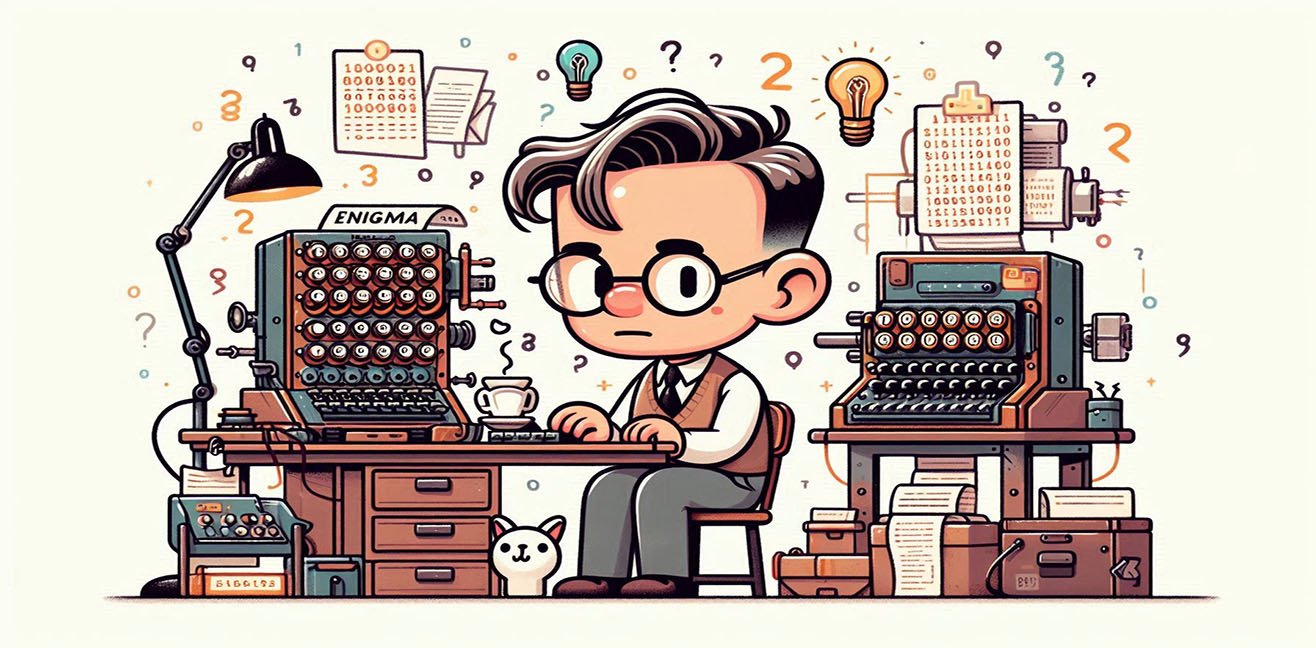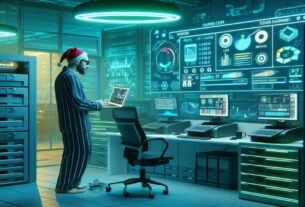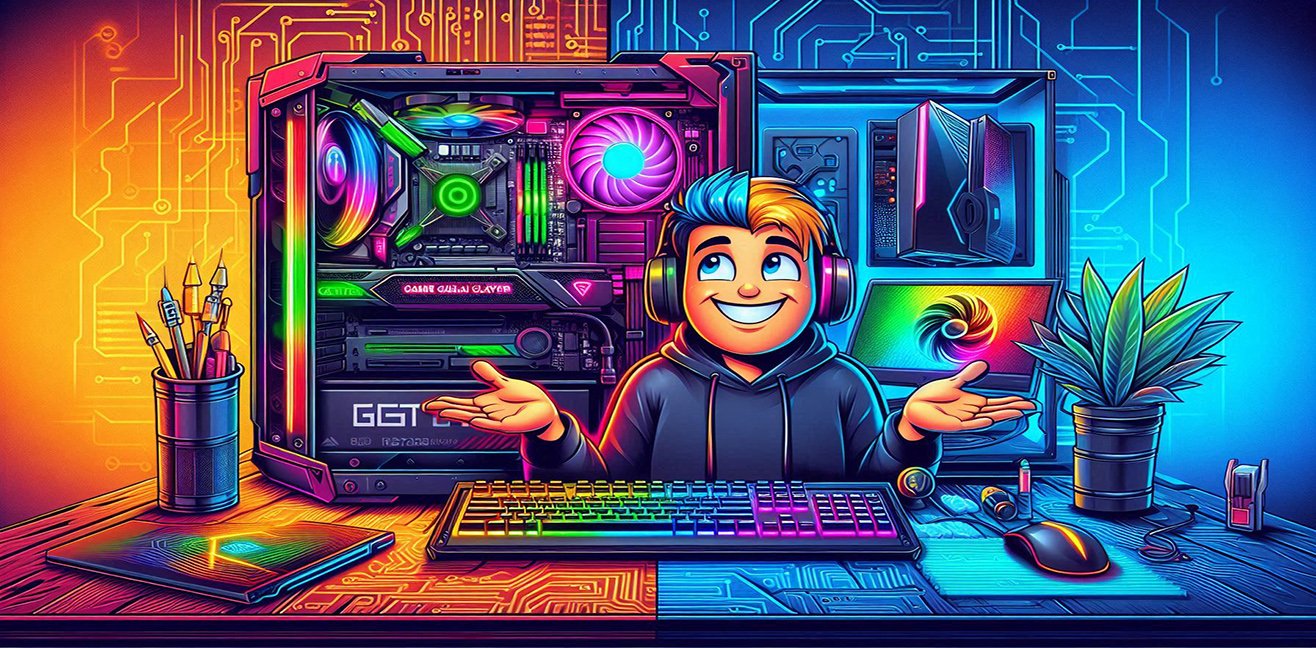“Algorithms speak, but it takes a genius to understand them.”
👶 Childhood and Early Years: A Genius is Born
Alan Mathison Turing was born on June 23, 1912, in England.
Young Alan’s intelligence was evident in his play: he spent hours with numbers and logical puzzles, puzzling over problems that his friends couldn’t understand.
At school, he stood out—not only for his brilliance, but also for being a bit “offline” socially 😅
Turing’s passion for mathematics and scientific thinking grew even stronger when he entered Cambridge University.
There, he studied mathematical logic and abstract algorithms.
These works laid the foundation for his concept of a universal computer.
⚡ Enigma and the War Years: The Code-Breaking Genius
The 1940s and World War II…
The German army communicated using the Enigma cipher machine.
Breaking this “unbreakable” code could change the course of the war.
Turing designed the “Bombe” electromechanical machine at Bletchley Park:
- It could check all combinations of the 26-letter alphabet
- It reduced calculations that took days into just hours
- It laid the foundation for modern cryptography
Humorous touch: “He broke codes, but his social life was a bit lacking 😅”
Technical details:
- The Bombe used electromechanical relays and rotating drums to test possible Enigma settings
- Statistical predictions were applied to verify code solutions
- This approach became a cornerstone for modern cryptography and algorithm design
🧠 The Universal Computer: Turing’s Genius
In 1945, Turing proposed the idea of the “universal computer”:
“Any calculation problem can be solved with the right algorithm and a suitable machine.”
This concept laid the foundation for computer science and the theoretical architecture of modern computers.
Turing’s idea made today’s devices programmable:
- Logical operations and conditional algorithms
- Software and hardware working together
- The universal capability of programmable machines
Humorous note: “This genius was breaking codes and imagining universal computers, but sometimes forgot his coffee break 😎☕”
🎬 Turing Test and Artificial Intelligence
In 1950, Turing introduced the Turing Test:
- If a machine can respond like a human, it can be said to “think.”
This test became one of the core principles of artificial intelligence.
Humorous twist:
“You say hello, and I respond with an algorithm 😏”
From Siri to ChatGPT, all modern AI is a reflection of his visionary ideas.
💔 Personal Struggles and Tragic End
Unfortunately, Turing’s life ended tragically:
- In 1952, he was prosecuted for being homosexual and forced to undergo hormone treatment
- He died in 1954 at the age of 41
Yet his legacy is immortal:
- Cryptography
- Computer science
- Foundations of artificial intelligence
🧬 Technical Legacy: A Genius Living in Code
Turing’s influence continues in modern computing and software:
- Programmable machines
- Hardware + software integration
- Cryptographic algorithms
- Principles of artificial intelligence
In short: every device you use today carries a piece of Turing’s imagination.
💬 Final Words: The Man Who Broke Codes and Opened the Future
Alan Turing shows us that technology is not just about machines.
It lives through ideas, intelligence, and creativity.
“He broke codes, but his social life was a bit lacking 😅”
Yet he was undoubtedly a genius who saved the world and became the father of computing. 💻✨




